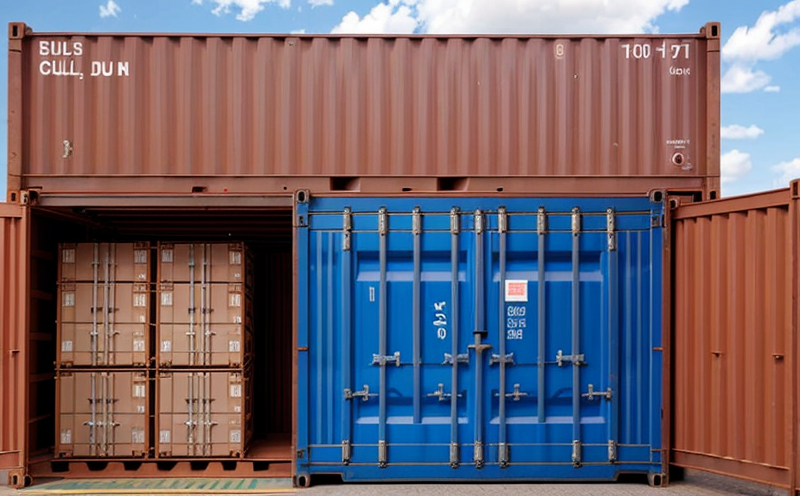USP Label Adhesion Testing
In the pharmaceutical industry, ensuring that labels adhere to packaging containers securely and reliably is critical. The United States Pharmacopeia (USP) provides a standard for testing label adhesion on drug containers to ensure consumer safety and product integrity.
The USP Label Adhesion Test evaluates the strength of the bond between the printed label and the container surface, ensuring that the label remains intact during distribution, storage, and use. This test is particularly important in preventing labeling issues that could lead to contamination or mislabeling, which are significant risks in pharmaceutical products.
The primary goal of this testing is to ensure compliance with USP General Chapter <1208> on Label Adhesion. This chapter outlines the procedures for conducting the test, which include a variety of methods depending on the packaging type and label material.
The testing process involves subjecting a sample to specific environmental conditions that mimic real-world scenarios such as high humidity or temperature variations. The specimen is then tested using an adhesive tape peeling method where the label is pulled from the container surface with a standardized force. If the label remains intact, it indicates good adhesion.
For this testing, we use state-of-the-art equipment to ensure accurate and consistent results. Our experts carefully prepare the specimens according to USP guidelines, ensuring that all variables are controlled for reliable outcomes. The test results are reported in a detailed manner, providing a comprehensive understanding of the label's adhesion properties.
This service is essential not only for compliance with regulatory standards but also for maintaining product quality and safety. By adhering to these rigorous tests, pharmaceutical companies can ensure that their products meet the highest standards of integrity and reliability, which are crucial in safeguarding public health.
Applied Standards
| Standard | Description |
|---|---|
| USP General Chapter <1208> | The standard outlines the procedures for testing label adhesion on pharmaceutical containers. |
| ASTM D 3692-12e1 | This test method specifies procedures for determining the peel strength of labels adhered to containers. |
| EN ISO 15807:2014 | An international standard that covers the determination of peel adhesion properties of pressure-sensitive tapes used in pharmaceutical packaging. |
| IEC 62399-1 | This standard addresses the requirements for label and marking systems on medical electrical equipment, which includes testing for label adhesion. |
Customer Impact and Satisfaction
- Ensures compliance with USP standards.
- Reduces the risk of product contamination or mislabeling.
- Enhances consumer confidence in pharmaceutical products.
- Maintains regulatory adherence, which is crucial for ongoing operations.
- Aids in meeting customer expectations and industry best practices.
International Acceptance and Recognition
The USP Label Adhesion Testing service is widely recognized across the pharmaceutical sector. Compliance with USP standards ensures that your product meets international quality benchmarks, which is essential for global market access. Many countries and regulatory bodies accept USP standards as a benchmark for drug safety and efficacy.
Our testing services are trusted by leading pharmaceutical companies worldwide, ensuring that their products meet stringent requirements set by various national and international agencies. By adhering to these tests, you can ensure your product's quality and integrity, thereby enhancing its reputation in the global market.





